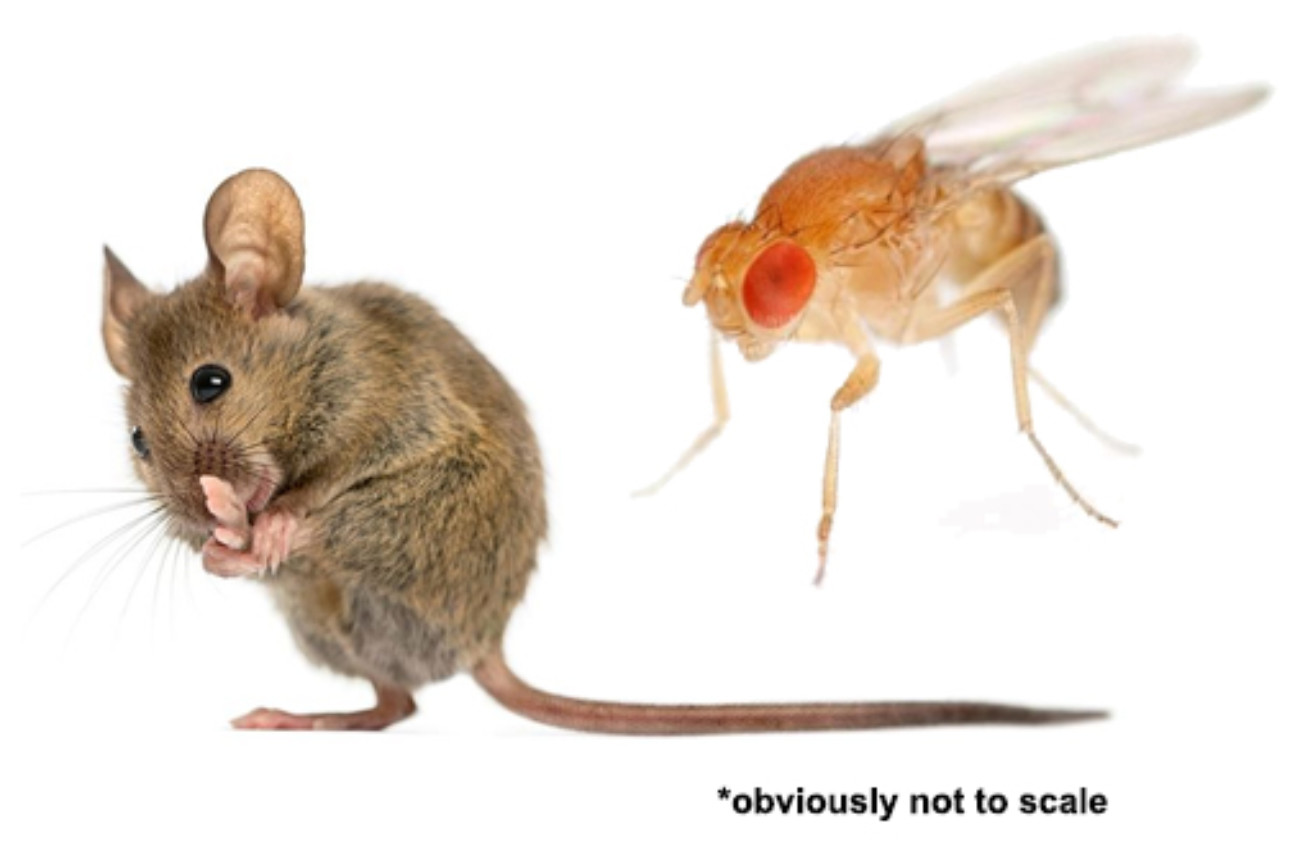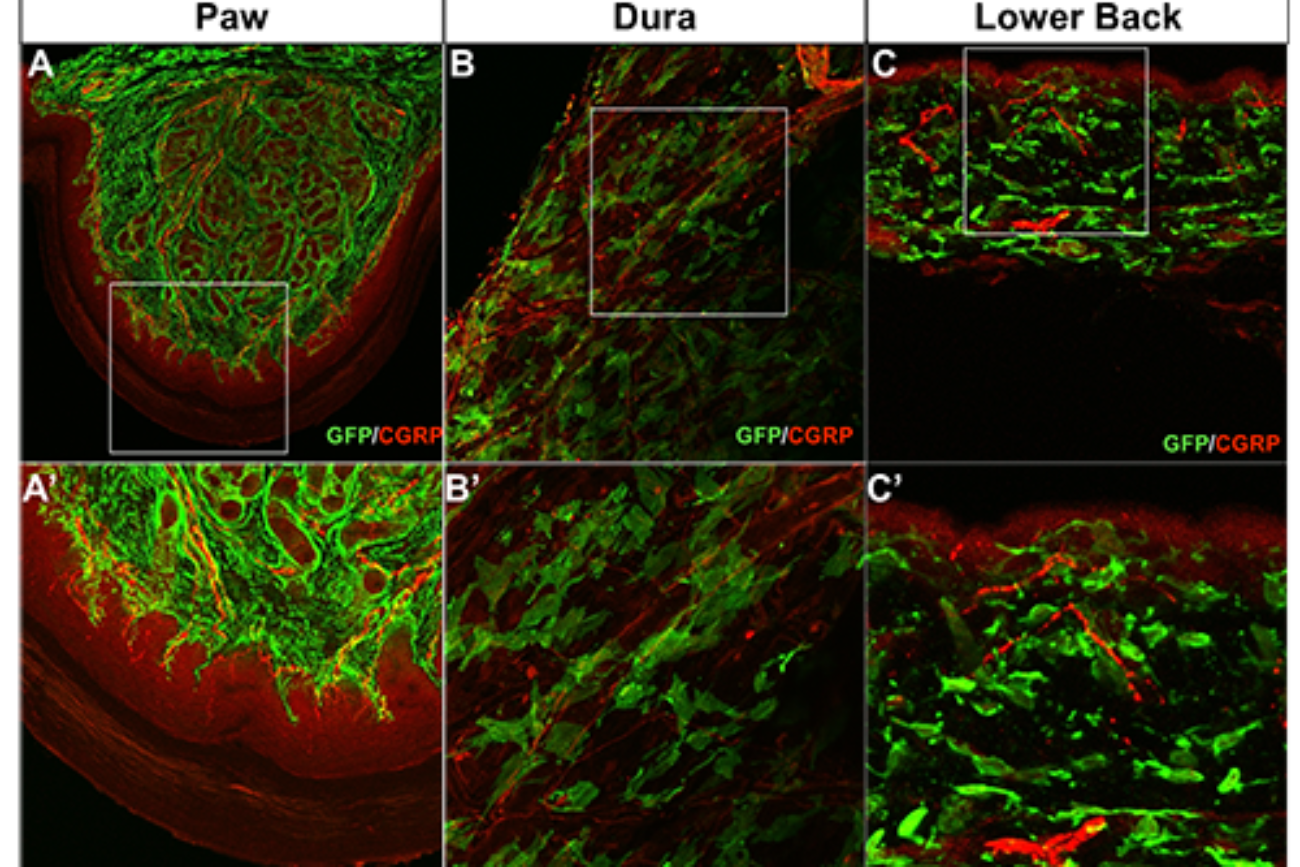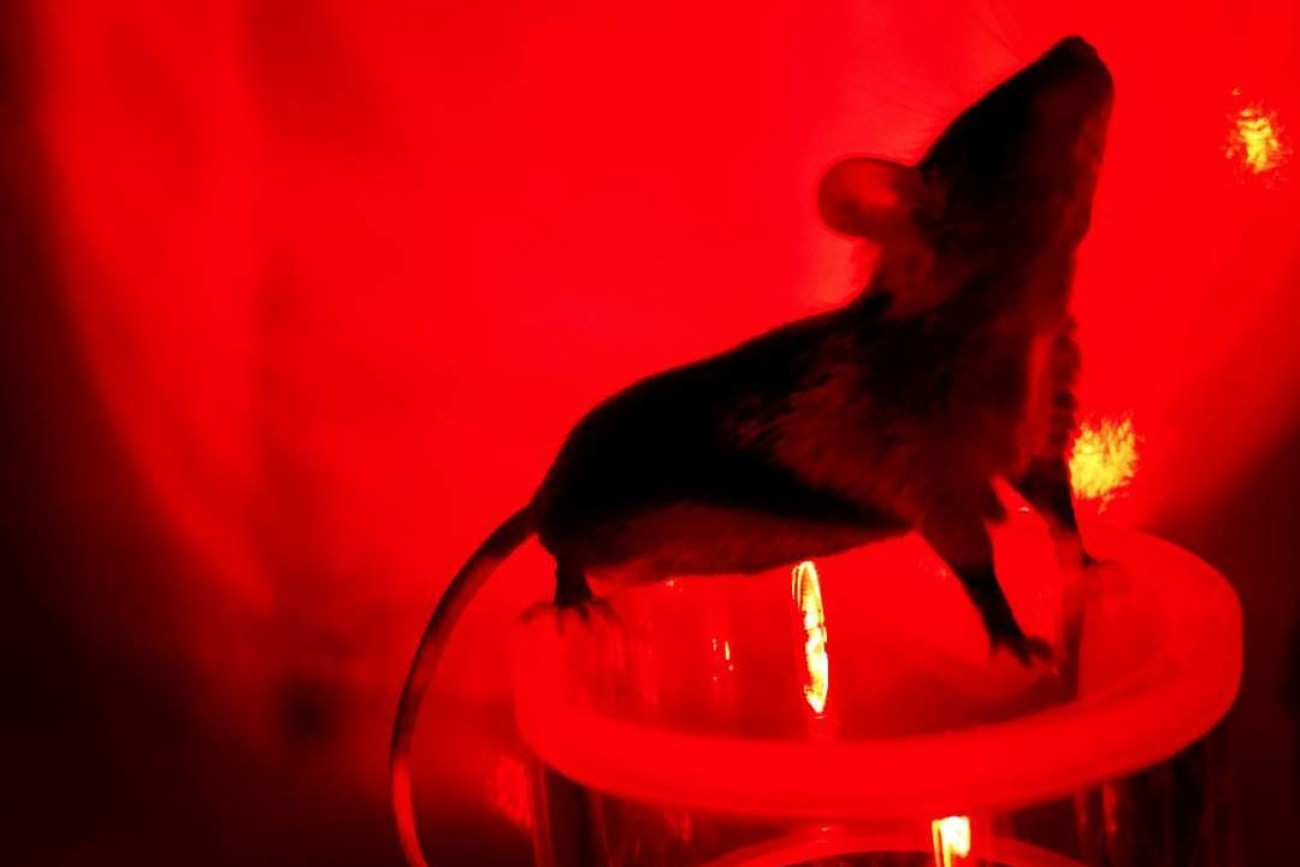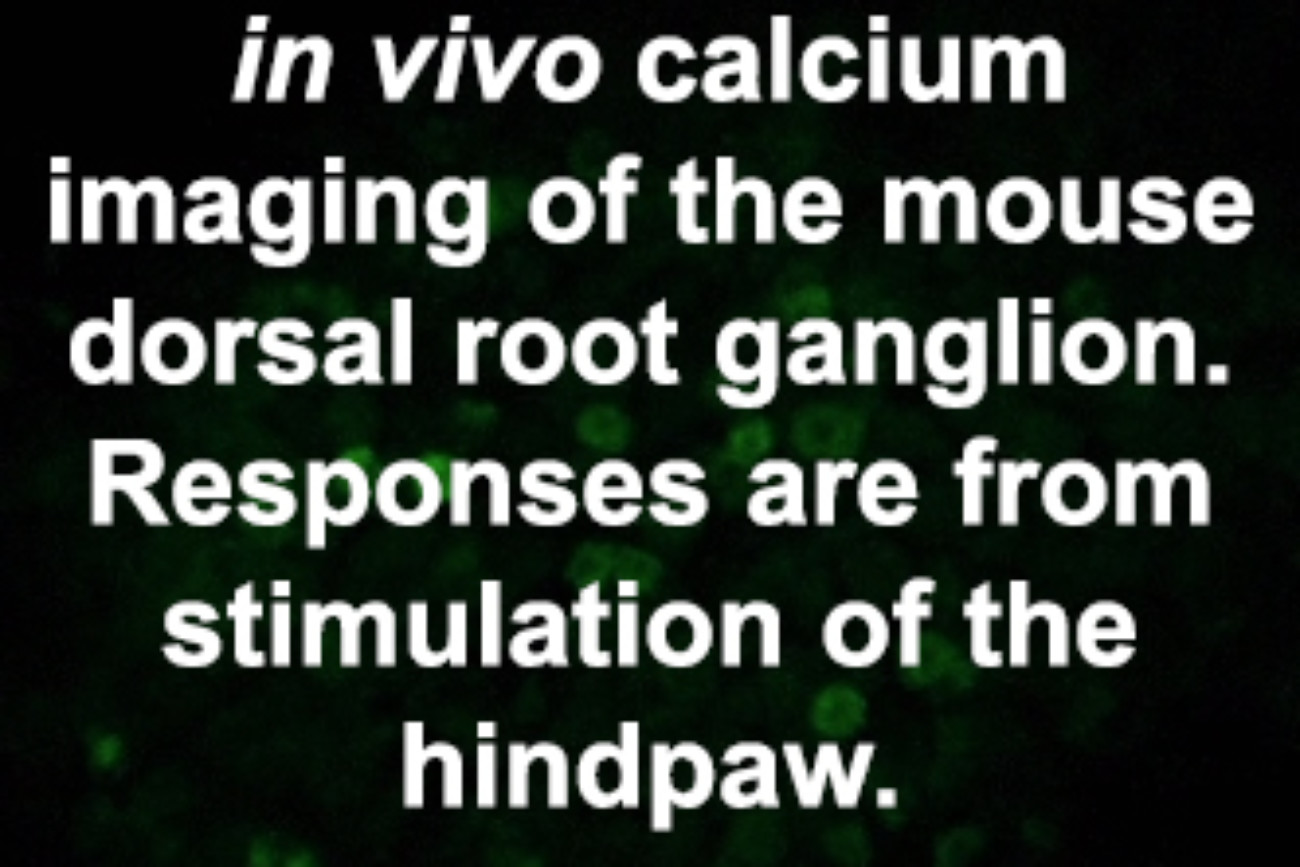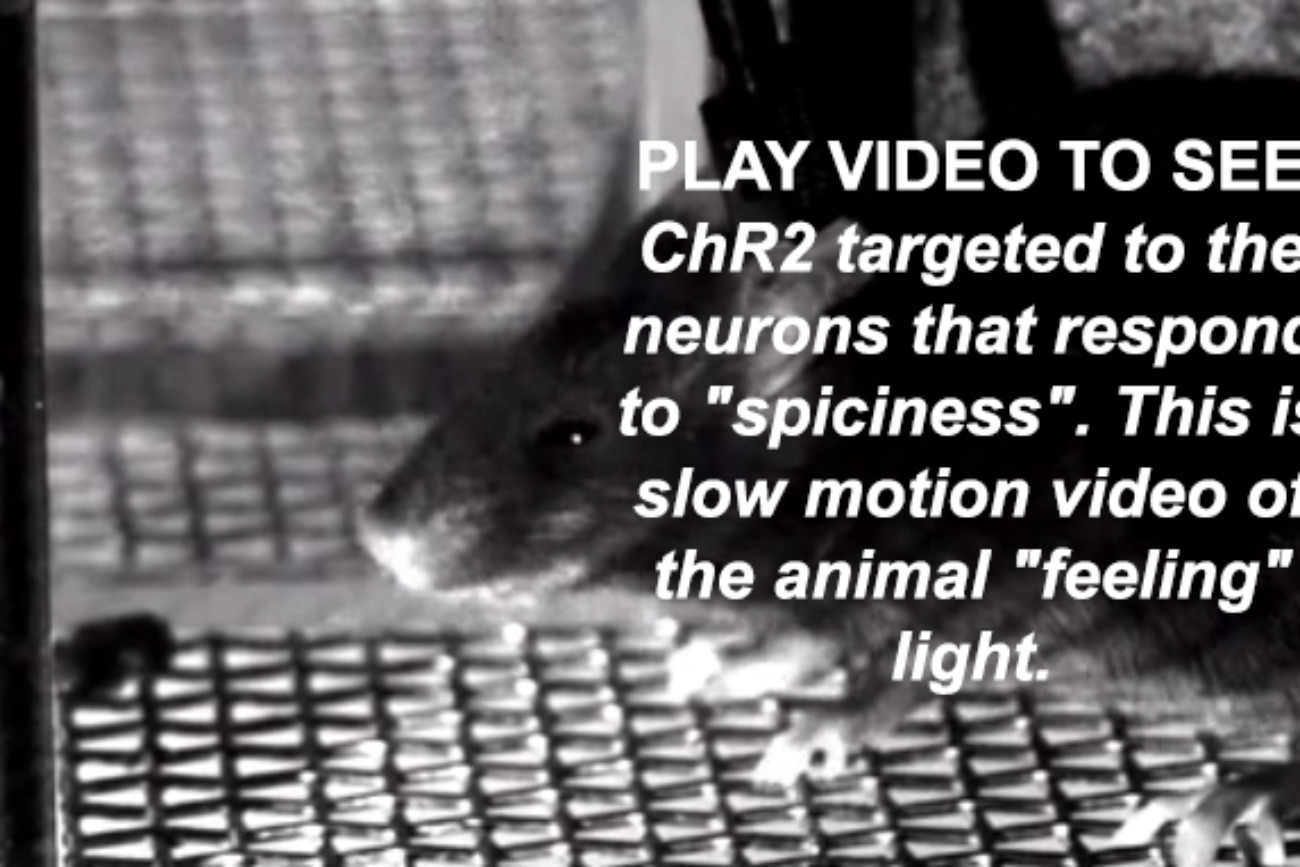WHAT I DO
I am a Philly-based Assistant Teaching Professor in the Department of Biology at Rutgers University, Camden studying chronic pain and improving research education in biology.
ABOUT MY CAREER PATH
My interests in neuroscience began at Drexel University with Dr. Aleister Saunders where I studied Alzheimer’s Disease; a disorder that’s not only deadly, but also robs you of the essence of who you are – memory. This fascination with the brain brought me to Thomas Jefferson University where I started a PhD in Neuroscience. Here, my interests evolved into sensory systems. If memories represent “who we are”, then our senses are the fundamental neurological conduit to “how we become who we are” since they allow for the interpretation of the world around us.
One of these sensory modalities is pain – a warning system that’s vital to survival, but becomes re-wired in chronic pain patients to the point of no longer being useful. So, I was awarded a fellowship from the NIH-NIAAA to complete a thesis with Drs. Michael Oshinsky and Melanie Elliott on how alcohol affects migraine pain. I was then recruited to the lab of Dr. Wenqin Luo where I was awarded an NIH-IRACDA-NIGMS postdoctoral fellowship to create a new behavioral platform for measuring pain in mice and to learn best practices for developing a productive undergraduate-driven research lab. Now, I’m exploring the intersection of sleep and pain with the hope of identifying new non-addictive ways to treat chronic pain patients.
Coming from a low-income background where my father didn’t complete high school and my mother went to college late in life, I understand the challenges first-generation low-income (FGLI) students face as they navigate the “hidden curriculum” of college. I am committed to helping students from disadvantaged backgrounds make a life in science because we need diverse perspectives to solve the toughest medical challenges (FGLI talk slides) (FGLI research talk slides) (Diversity statement workshop slides). To this end, I’m developing the new Rutgers Camden NIH MARC-U-STAR research training program for underrepresented students as the Assistant Director/Program Coordinator.
NEUROSCIENTIST & DBER
I use optogenetics, calcium imaging, animal behavior, and machine learning to study chronic pain and sleep in drosophila and rodents. I’m also a Discipline-Based Education Researcher (DBER) studying ways to help low income students become successful scientists.
PROFESSOR
I teach courses about neuroscience, the opioid epidemic, and science writing at Rutgers University, Camden where I’m also integrating experiential and CURE-based learning throughout the Biology curriculum.
SCIENCE COMMUNICATOR
I write stories for the popular press and trade magazines about the latest in pain research, give public lectures world-wide about the brain, and collaborate with artists to find ways to bring science to the public.
MY RESEARCH
I am dedicated to finding the best ways to provide undergraduates
with hands-on research experiences that answer the most important questions in pain.
Current Research Interests
I am currently developing an undergraduate-driven summer research lab and year-round CURE-based research experience that will use drosophila to explore the neuroethology behind the intersection of sleep & pain, two fundamental neurological functions that influence one another immensely (i.e., sleep affects pain and pain affect sleep). Because these behaviors are highly conserved among all animals, we can harness the powerful genetic and neurological tool-kits available to fruit flies to study it. To do this, I use modern neuroscience techniques such as optogenetics, calcium imaging, immunohistochemistry, viral tract tracing, and machine learning with deep neural networks to measure animal behavior. Through collaborations at the University of Pennsylvania, we will advance our findings to mice.
Since my research program primarily utilizes undergraduates, I craft “bite-sized research projects” that can contribute to the overall goals of my research and enable students to get their findings out fast in pubmed-indexed micro-publishing journals. This helps my students quickly become competitive when applying to graduate school.
The primary research goals are two-fold.
1. Use deep neural network machine learning and markerless tracking of adult drosophila to identify novel pain behaviors.
2. Characterize the intersection of pain on sleep pain and explore the genetic conservation of these systems.
Other Research Activities:
In addition to this, I am studying the best practices for teaching students biology as a Discipline-Based Education Research (DBER) Scholar. To this end, we are integrating experiential learning into all levels of the curriculum because you can’t learn science without DOING science.
Further, I am exploring how chronic pain, specifically the overprescription of opioids, has contributed to the opioid epidemic in the Philadelphia region.
POSTDOCTORAL RESEARCH (University of Pennsylvania)
100 million Americans suffer from Chronic Pain. My postdoctoral research with Dr. Wenqin Luo explored how pain neurons and the brain change when someone develops chronic pain. One project studied the molecular mechanism behind how skin cells interact with pain neurons to unravel the therapeutic mechanisms behind yoga, acupuncture, and massage. Another project explored the emotional circuitry behind chronic pain in the context of aggression. We all know chronic pain can make you irritable, but identifying the circuitry behind that can help us understand the emotional aspects of pain – something we still know very little about. The last major project I worked on was to find a new way to assess pain in mice because the first step to finding new pain treatments is to test them in rodents. A huge problem, however, is that a VAST majority of drugs we think are working in mice end up not working in humans, suggesting we might not be assessing pain in mice correctly. So, we combined slow-motion videography, statistical modeling, and machine learning to more accurately measure mouse pain.
GRADUATE RESEARCH (Thomas Jefferson University)
Migraine is the 3rd most prevalent neurological disorder on the planet. Under the mentorship of Dr. Michael Oshinsky, Dr. Melanie Elliott, and the Jefferson Headache Center, I worked on several projects that used a rat model of head pain with migraine-like features. A key strategy to identify why some people get migraine is to study how migraine triggers, things that “trigger” a headache, work in these rats. If we identify the mechanisms behind the trigger, we can home in on these molecular pathways for treatment. Although it sounds odd, my research focused on how alcohol initiates head pain (aka the hangover headache). We found a critical neurotransmitter system that has been overlooked in migraine and how mitochondrial/blood-brain barrier dysfunction promotes this neurotransmitter’s effect on pain.
UNDERGRADUATE RESEARCH (Drexel University)
Alzheimer’s disease (AD) steals not just your health, but also your memories, which are arguably the essence of who you are. It’s expected to afflict 14 million people and cost $1.1 trillion by 2050. My work with Dr. Saunders investigated how a group of proteins called histone deacetylases (HDACs) affect the production of Abeta, a protein thought to cause AD. We performed an RNA-inhibitor screening of HDACs in a novel APP-Gal4-SY5Y plate-based cellular luminescence assay and found a handful of HDACs that modulate Abeta levels and thus, could serve as therapeutic targets.



